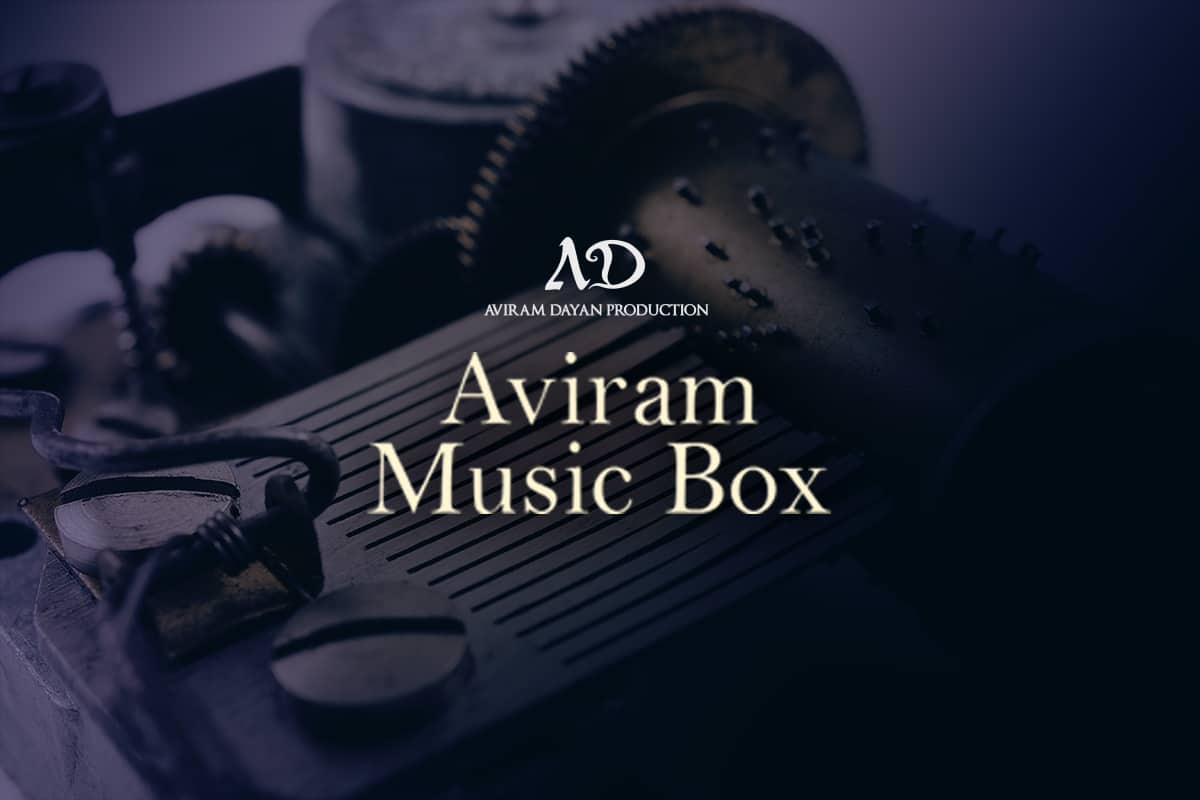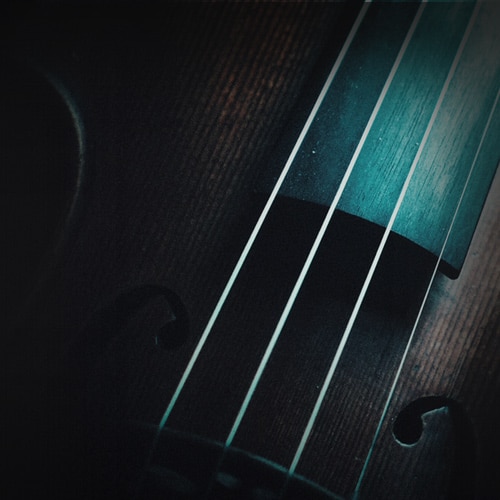Did you know that the frequency of bliss is 432 Hz? This is a number that has been resonating throughout history, and many people believe that it is the key to unlocking our highest potential. Do you ever feel like there’s something missing in your life? That may be the world is just too fast-paced and hectic for you?
If so, you may be searching for a way to find inner peace. And that’s where 432 Hz tuning comes in! This ancient practice can help you find tranquility and bliss within yourself. In this blog post, we will discuss the history of 432 Hz tuning, as well as its benefits.
432 Hz is often said to be the natural frequency of the universe. Proponents of this theory believe that 432 Hz vibrates on a level that can promote healing and attract masses of the audience to our music. Some even say that it has cosmic healing powers. While there is no scientific evidence to support these claims, many people believe that 432 Hz is a magical number with the ability to transform our lives.
Just by tuning our music less than a semitone below our standard A=440Hz, we are said to have direct access to the universe’s hidden treasures. Whether or not you believe in the power of 432 Hz, there’s no denying that it has become a hot topic in the music industry.
Music tuned to this frequency is said to be more relaxing and therapeutic, and many people are eager to see if it lives up to the hype. Only time will tell if 432 Hz is truly a magical number, but it certainly has the potential to change the way we experience music.
Many composers utilize 432 Hz as a tool, while others just view it as a part of the tin foil hat movement.
432 Hz All Esoteric
Tuning your music to a specific frequency will not unlock cosmic powers, or make your music sound better or worse. Having said that, there is no rule or law that requires musicians to stick to the standard tuning of A=440Hz. Serious musicians should all use alternate tunings for viable reasons such as the timbre of the instrument and build, the musical demands, and the historic background of the composition.
There are a number of articles out there that claim to have scientific evidence in favor of 432 Hz. But how much of this is actually true, and how much of it is fiction? Let’s take a closer look.
First of all, it’s important to note that there is no definitive scientific proof that 432 Hz is inherently better than any other frequency. However, there are some studies that suggest that certain frequencies can have certain effects on the human brain. For example, one study found that 432 Hz significantly reduces stress levels and promotes relaxation.
So does this mean that 432 Hz is the magic frequency that we should all be listening to? Not necessarily. The truth is, that each person responds differently to different frequencies, so what works for one person might not work for another. Ultimately, it’s up to each individual to experiment and find out what works best for them.

Tibetan Bowls, Pythagoras Monochord
Ancient instruments such as Tibetan bowls, Pythagoras monochord, and ancient flutes, have been found to use 432 Hz as their base pitch. This is interesting because Hertz is a modern term coined in 1930. Before that, it was referred as “Cycles Per Second”.
The first time “Cycles Per Second” could be accurately measured was in 1834, when two instruments were invented: the (remodeled) Savart Wheel by Félix Savart, and the Tonometer by Johann Scheibler. It is possible that ancient people knew about the relationship between sound and vibration long before we had the technology to measure it.
Perhaps they intuitively knew that 432 Hz was a more natural frequency for the human body and mind. Or maybe they just liked the way it sounded! Either way, it’s fascinating to think about what other ancient wisdom we may have lost over the years.
Pythagoras is best known for his work in mathematics, but he also had a profound impact on music theory. According to legend, he discovered that stringed instruments produce harmonious sounds when the lengths of the strings are in simple whole-number ratios.
This led him to develop a tuning system based on these ratios, with an arbitrary reference pitch as the starting point. While we now know that Pythagoras could not have known about the concept of Hz (or seconds), his tuning system is still in use today.
Indeed, 432 Hz is a multiplication of the ratio between C and A, where C is 1 and A is 27/16. This applies to any base frequency and has nothing to do with a specific Hz. As a result, Pythagoras’ tuning system is an important part of understanding harmony in music.
Esoteric Beliefs – A Global 432 Hz Tune
When it comes to finding inner peace, there are many different paths that you can take. Some people may choose to meditate, while others may turn to prayer or yoga. However, if you’re looking for a relaxing and uplifting practice, 432 Hz tuning may be right for you!
It is not unusual to encounter a device that only plays tones of less than 1,000 Hz. However, while this seems like just another number without any particular meaning over other frequencies, it appears to have some sort of an effect on the body’s frequency.

This is where 432 Hz tuning comes into play. When this frequency is played, it has been found to resonate with the natural frequency of the planet. This, in turn, can help create a sense of balance and harmony within our minds and bodies.
The History of 432 Hz Tuning
In the early 1900s, a man by the name of Max Planck discovered that when frequencies below 1000 Hz were introduced to cells in vitro, they began to resonate or vibrate at those frequencies.
The history of 432 Hz tuning is a bit mysterious. However, many people believe that it dates back to ancient times. Some say that the frequency was used by the Egyptians, while others claim that it originated in India or China. However, there is no definitive proof of where this practice first began. What we do know is that 432 Hz tuning has been used by many different cultures throughout history.
The Benefits of 432 Hz Tuning
So, why is 432 Hz tuning so popular? What are the benefits of this practice? Here are just a few of the reasons why people love 432 Hz tuning:
- It can help you achieve inner peace and tranquility
- It can increase your vibration and energy levels
- It can promote creativity and intuition
- It can help you connect with your spiritual side
- It can improve communication and relationships
If you’re looking for a way to find inner peace and bliss, then 432 Hz tuning may be the perfect solution for you! Give it a try and see how you feel!
432 Hz Tuning: The Frequency of Bliss 432 Hz is a number that has been resonating throughout history, and many people believe that it is the key to unlocking our highest potential.
432 Hz For Composer
The industry standard of 440 Hz is widely opposed by musicians and non-musicians alike. There are many strong opinions about why A432 is the best temperament over A440, just by searching for “432 Hz” on any search engine. According to one source, the vibration range of A432 is more stable than that of A440.
The universal and spiritual healing qualities of A432 are said to be superior to those of A440, which is described as “aggravating” and “irritating.” If you’re a composer looking for a new way to create music, then 432 Hz tuning may be the perfect solution for you!
In the 18th century, two of the greatest composers of all time were George Frederic Handel and Wolfgang Amadeus Mozart.

Both men were known for their phenomenal musical abilities, and each had a unique approach to composition. One area in which they differed was in the tuning of their instruments. While Handel typically tuned his pitches to A=422.5Hz, Mozart preferred a slightly higher pitch of A=432Hz.
This difference may seem minor, but it actually had a significant impact on the sound of their music. Handel’s lower tuning created a warmer, richer sound, while Mozart’s higher pitch produced a brighter, more vibrant tone. This sonic distinction is just one of the many ways in which these two great composers left their mark on the world of classical music.
There is much debate surrounding the idea that Mozart used 432 Hz for all of his music. The only evidence for this theory comes from an ancient tuning fork from 1780 with the tone of A=421.6 Hz.
This tuning fork belonged to the Viennese piano builder Johann Andreas Stein, the leading piano maker in Vienna at the time. Stein was responsible for Mozart’s pianos as well as Haydn’s and Beethoven’s. It is likely that they have all used A=421.6Hz.
However, there is no concrete evidence to support this claim. Some believe that Mozart may have used a different tuning fork, or that the one from 1780 is not actually his. Others argue that even if Mozart did use 432 Hz for some of his music, it was not all of it.
The theory remains unproven and largely speculative. Nonetheless, it is an interesting idea that has generated a great deal of debate among music lovers and historians.
It appears to be a side effect of recording at 432 Hz. If you want your music to stand out and sound unique for whatever reason, this may seem like something you’d purposefully seek to achieve.
What Artists Use 432 Hz?
Some well-known artists who use 432 Hz tuning are Ananda Shankar, Andreas Vollenweider, and John Lennon. 432 Hz tuning has been found to resonate with the natural frequency of the planet, helping to create a sense of balance and harmony within both our minds and bodies. If you’re looking for a way to find inner peace and bliss, then 432 Hz tuning may be the perfect solution for you!
What Artists Use 432 Hz?
Some well-known artists who use 432 Hz tuning are Ananda Shankar, Andreas Vollenweider, and John Lennon. 432 Hz tuning has been found to resonate with the natural frequency of the planet, helping to create a sense of balance and harmony within both our minds and bodies. If you’re looking for a way to find inner peace and bliss, then 432 Hz tuning may be the perfect solution for you!
Conclusion
432 Hz tuning is a practice that has been resonating throughout history, and many people believe that it is the key to unlocking our highest potential. This frequency is said to help create a sense of balance and harmony within both our minds and bodies and can increase our vibration and energy levels. It has also been found to promote creativity and intuition and can help us connect with our spiritual side. If you’re looking for a way to find inner peace and bliss, then 432 Hz tuning may be the perfect solution for you!
You might be a musician for the esoteric market and want to use 432 Hz tuning as well as promote the fact you did use 432 Hz. It could be a sales push for some target customers. Some composers use this as a tool, some just think this is part of the tin foil hat movement.










